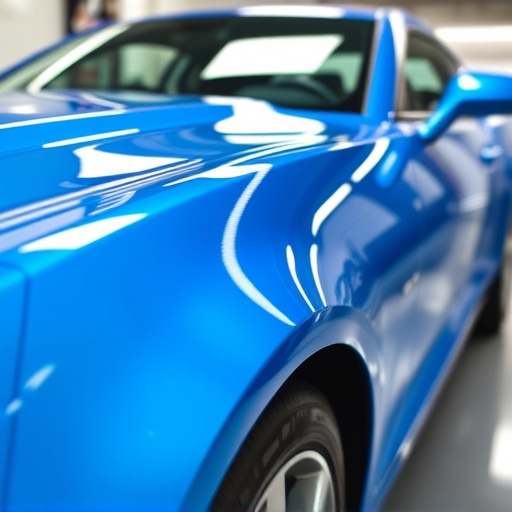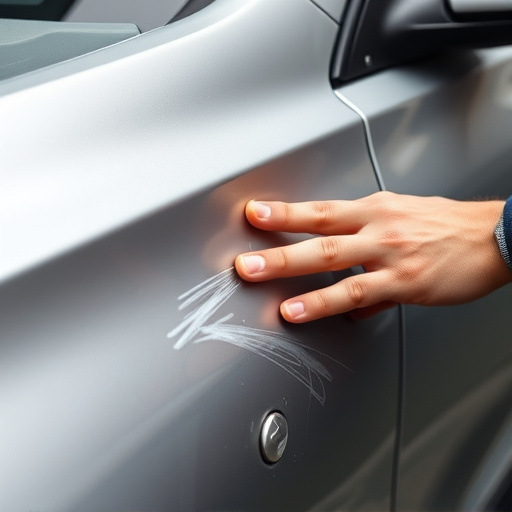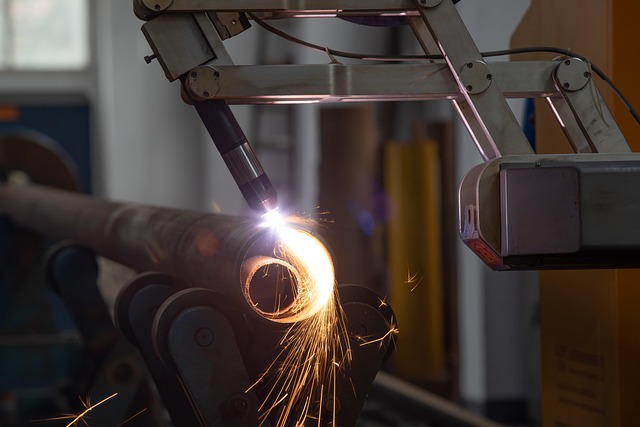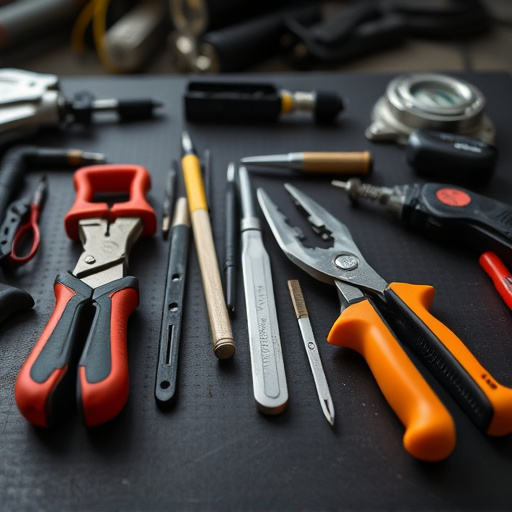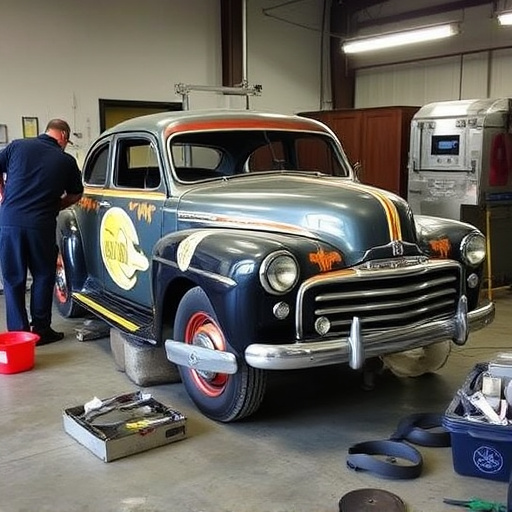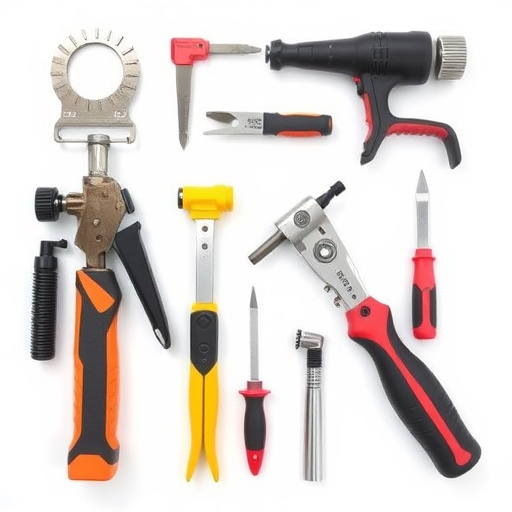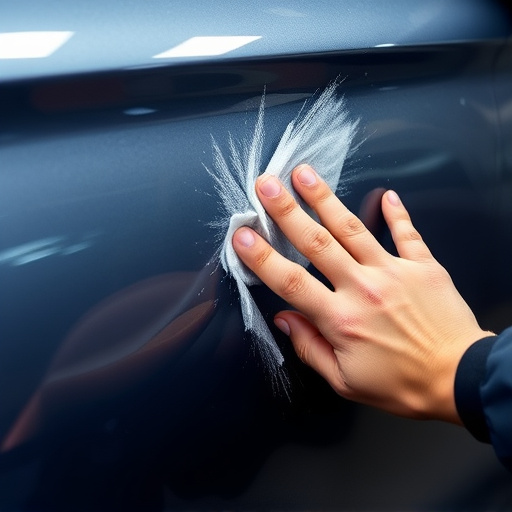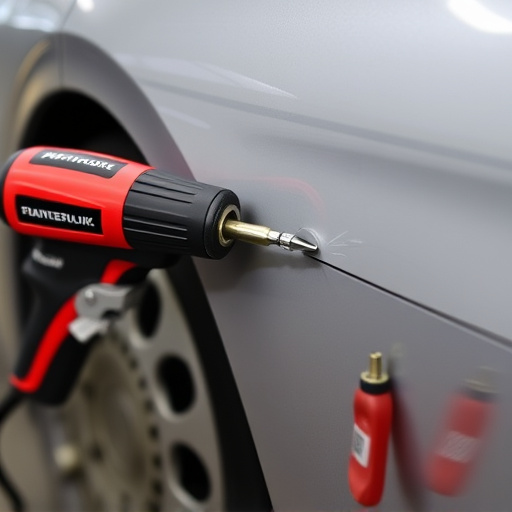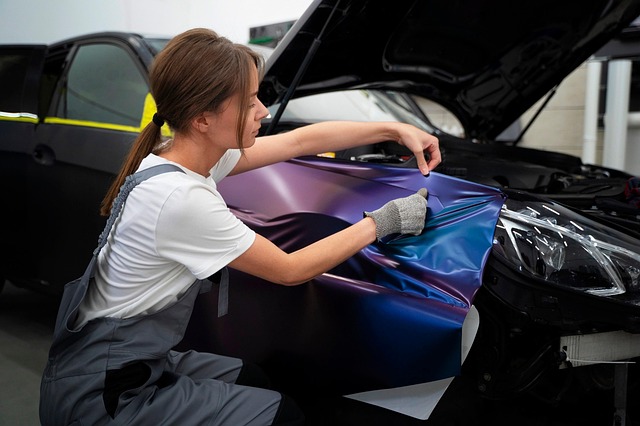Tesla Toolbox Diagnostics offers owners access to real-time vehicle data and self-diagnosis tools for basic checks. This feature enables monitoring of battery health and motor functionality, troubleshooting, and remote assistance from authorized service centers. While DIY diagnostics empower users, complex issues or non-technical users may require professional collision repair services for safe restoration.
Are you a Tesla owner curious about accessing your vehicle’s inner workings? The Tesla Toolbox Diagnostics is a powerful resource that allows owners to perform self-diagnostics. This article explores how you can unlock these capabilities, covering everything from understanding the system to the benefits and drawbacks of doing DIY repairs. By the end, you’ll know if tackling Tesla toolbox diagnostics yourself is the right move for your maintenance needs.
- Understanding Tesla Toolbox Diagnostics Access
- Capabilities of Self-Diagnosis Tools for Tesla Owners
- Pros and Cons of DIY Tesla Diagnostic Procedures
Understanding Tesla Toolbox Diagnostics Access
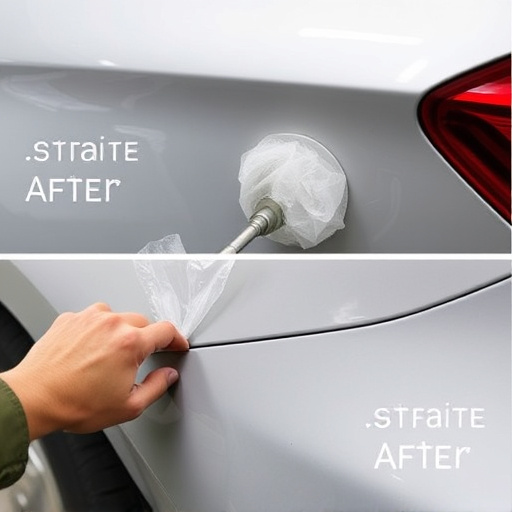
Tesla owners now have access to a powerful tool that allows them to delve into their vehicle’s diagnostics like never before. The Tesla Toolbox Diagnostics is an innovative platform offering a wealth of information about your electric car’s performance and health. This feature provides a direct line to essential data, enabling owners to monitor various systems, from battery health to motor functionality.
With the Tesla Toolbox, users can access detailed reports on their vehicle’s status, including real-time data during driving. This is particularly useful for identifying potential issues early on. Whether it’s tracking down a mysterious noise or checking the state of charge before a long trip, owners can perform basic diagnostics themselves. However, for more complex repairs, such as those involving collision damage or intricate bodywork, it’s recommended to consult professional collision repair services to ensure precise and safe vehicle restoration.
Capabilities of Self-Diagnosis Tools for Tesla Owners
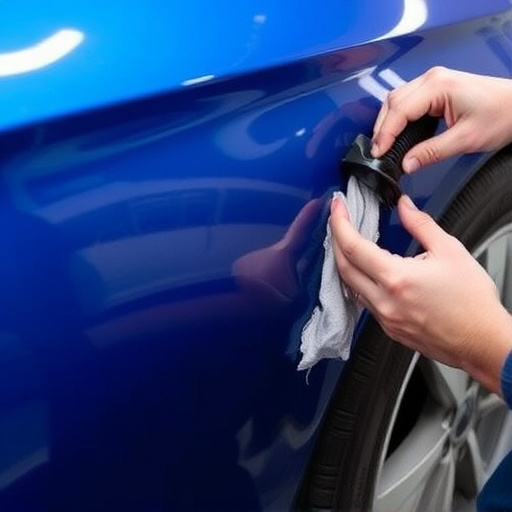
Tesla owners now have access to a powerful set of self-diagnosis tools through the Tesla Toolbox Diagnostics. This innovative feature allows car enthusiasts and DIY mechanics to perform various checks on their vehicles, providing insights into performance and potential issues. With this tool, owners can detect problems ranging from software glitches to more complex mechanical matters. It offers step-by-step guides for troubleshooting, making it accessible even for those without formal automotive training.
The Tesla Toolbox Diagnostics provides real-time data on vehicle health, including battery performance, motor efficiency, and sensor readings. It also facilitates remote diagnostics, enabling owners to connect with authorized service centers for expert assistance. This capability not only empowers Tesla owners but also promotes proactive car maintenance. Imagine being able to identify a minor issue before it turns into a major repair—such as preventing a dent in the automotive body work or addressing a software update for Mercedes Benz repair—all while saving time and money.
Pros and Cons of DIY Tesla Diagnostic Procedures
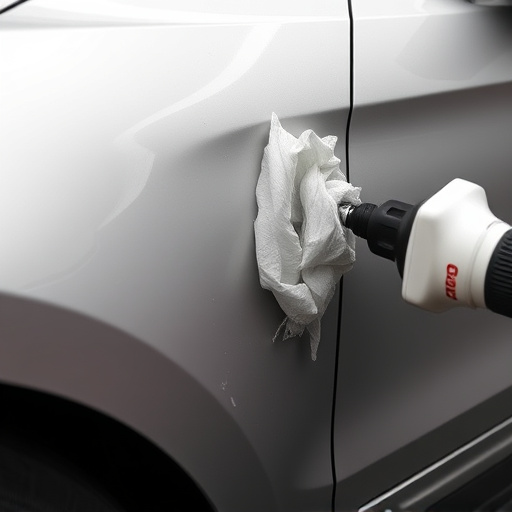
Performing DIY Tesla toolbox diagnostics offers several advantages for owners who want to stay proactive with their vehicle’s maintenance. Firstly, it empowers users to conduct basic checks and identify potential issues early on, which can prevent more serious problems and costly automotive repair. With access to real-time data, owners can monitor performance, battery health, and other critical parameters, akin to a vehicle dent repair professional assessing the state of their client’s car. Moreover, this approach fosters a deeper understanding of one’s Tesla, enabling owners to make informed decisions about servicing and upgrades.
However, there are potential drawbacks. While Tesla provides extensive tools, some procedures might be complex for non-technical users, akin to attempting vehicle collision repair without proper training. Misinterpretation of data or incorrect actions could lead to further damage or safety hazards. Additionally, not all issues can be diagnosed remotely; physical inspections and specialized automotive repair skills are required for certain problems. Thus, while DIY Tesla diagnostics offer benefits, it’s essential to balance convenience with potential risks and seek professional assistance when necessary.
Tesla owners now have access to a powerful toolkit with Tesla Toolbox Diagnostics, enabling them to perform self-diagnostics on their vehicles. This feature offers a deeper understanding of the car’s performance and potential issues. While it provides an engaging DIY experience for tech-savvy owners, it’s essential to weigh the benefits against potential drawbacks. By utilizing these tools responsibly, Tesla owners can take control of their vehicle maintenance and make informed decisions regarding repairs.
